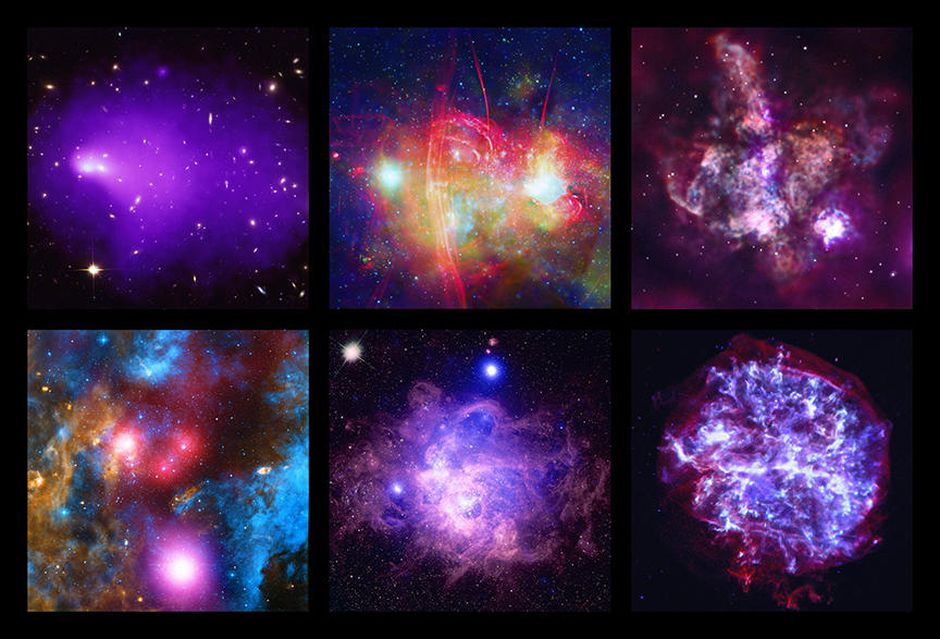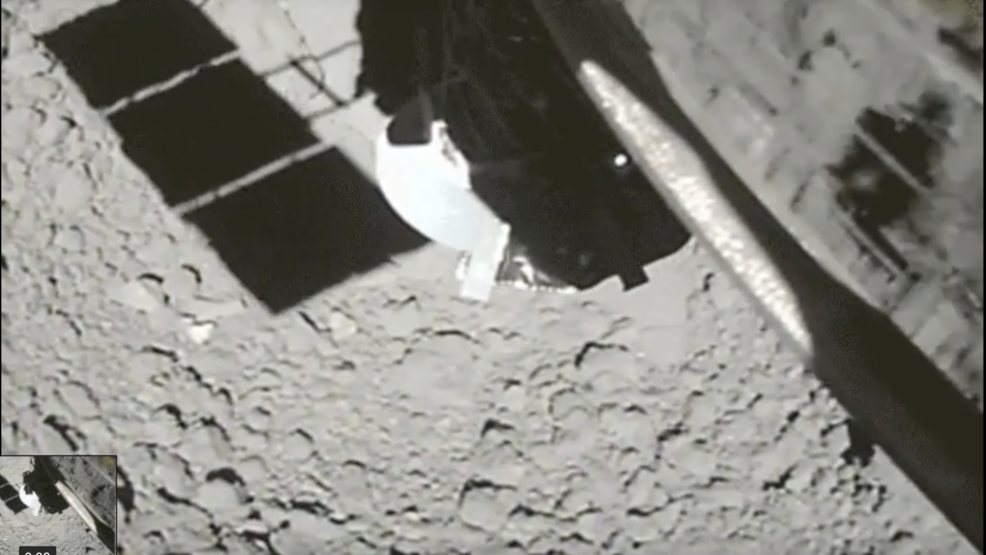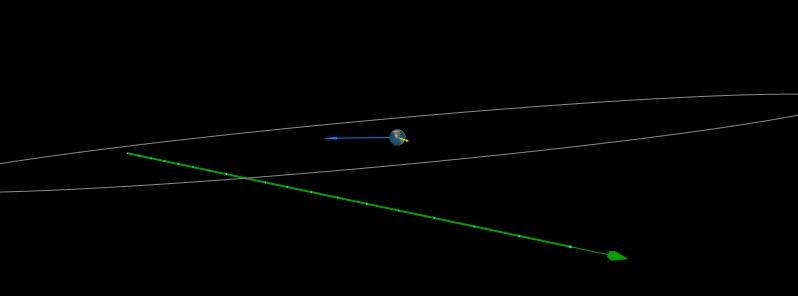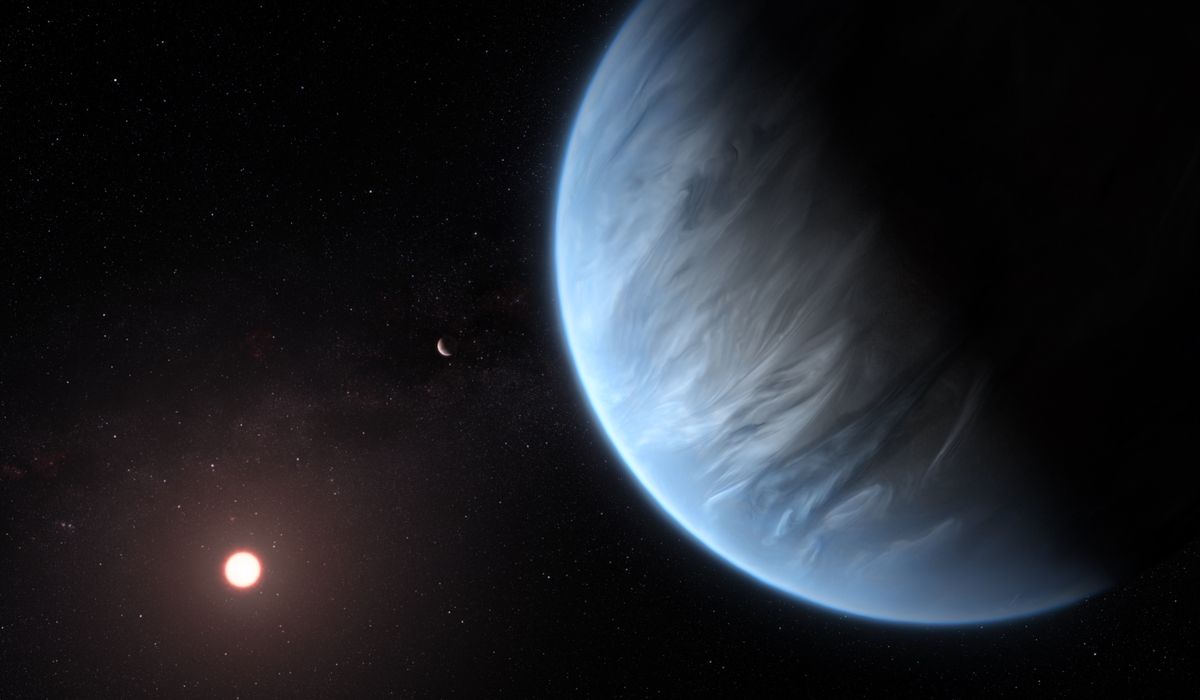Space Lynx
Astronaut
- Joined
- Oct 17, 2014
- Messages
- 16,000 (4.60/day)
- Location
- Kepler-186f
since @Drone is getting lazy these days. thought I'd share instead. hehehehe 

 www.sfgate.com
www.sfgate.com


NASA releases magnificent new images of the Milky Way
It's the Chandra X-ray Observatory's 20th anniversary, and NASA is celebrating in...


























